In the field of sports, after the merger, Ho Chi Minh City will naturally become the number 1 national center. This is easy to see when based on the most recent National Sports Festival (2022), when Ho Chi Minh City ranked 2nd overall, Binh Duong ranked 8th and Ba Ria - Vung Tau ranked 19th out of 65 ranked units. The combined number of athletes will be the largest, and the number of gold medals will only be slightly behind that of the Hanoi delegation. Therefore, Ho Chi Minh City sports after the merger is oriented to develop at the level of a regional sports center when there is more room for development, in accordance with the population size and economic contribution ratio of the new city. On that basis, there will be an effective consolidation of units, exploiting the right strengths and making good use of resources arising after the merger.
On a global scale, world sports activities basically revolve around leading centers, such as London (UK), Tokyo (Japan), New York (USA), Shanghai (China)... These are the destinations of the world's biggest events, globally iconic in some top sports. The "sports center" model is also being applied by Qatar to increase its "soft power".
After the merger, Ho Chi Minh City Sports, in addition to clearing the "bottlenecks" such as land fund and large-scale facilities, also solved the problem of human resources thanks to the strengths of Binh Duong province, which has a rich potential in rural and suburban youth, combined with modern industrial infrastructure that can become the foundation for the production of domestic sports equipment. Meanwhile, Ba Ria - Vung Tau has the advantage of sea geography, making it an ideal destination for international sports events in open spaces.
However, having an advantage is one thing, how to make the best use of it is the important thing. Ho Chi Minh City Sports does not have to worry about the short term when it has a good foundation of athletes and national achievements, but to build a long-term strategy is not easy if we look back at the lessons of Ho Chi Minh City in the past in the stages of planning and using facilities, talent training activities, and the capacity to organize major international events. For example, when Thong Nhat Stadium and Phu Tho Stadium were both heavily renovated at the same time, it revealed a serious shortage of international-class competition venues. This should not happen if Ho Chi Minh City is oriented to become the sports center of the whole region.
Another challenge for HCMC sports after the merger is to plan as soon as possible to host sports events, at least the SEA Games within the next 10 years. It is not necessarily about having a top sports complex, but how to connect the existing infrastructure of the localities, creating a centralized ecosystem with modern standards to be ready to receive the hosting rights when it is Vietnam's turn to host. Only then will the roadmap to becoming a regional sports center, a destination for international events, be highly feasible.
Source: https://www.sggp.org.vn/tiem-nang-trung-tam-the-thao-khu-vuc-o-tphcm-post796554.html


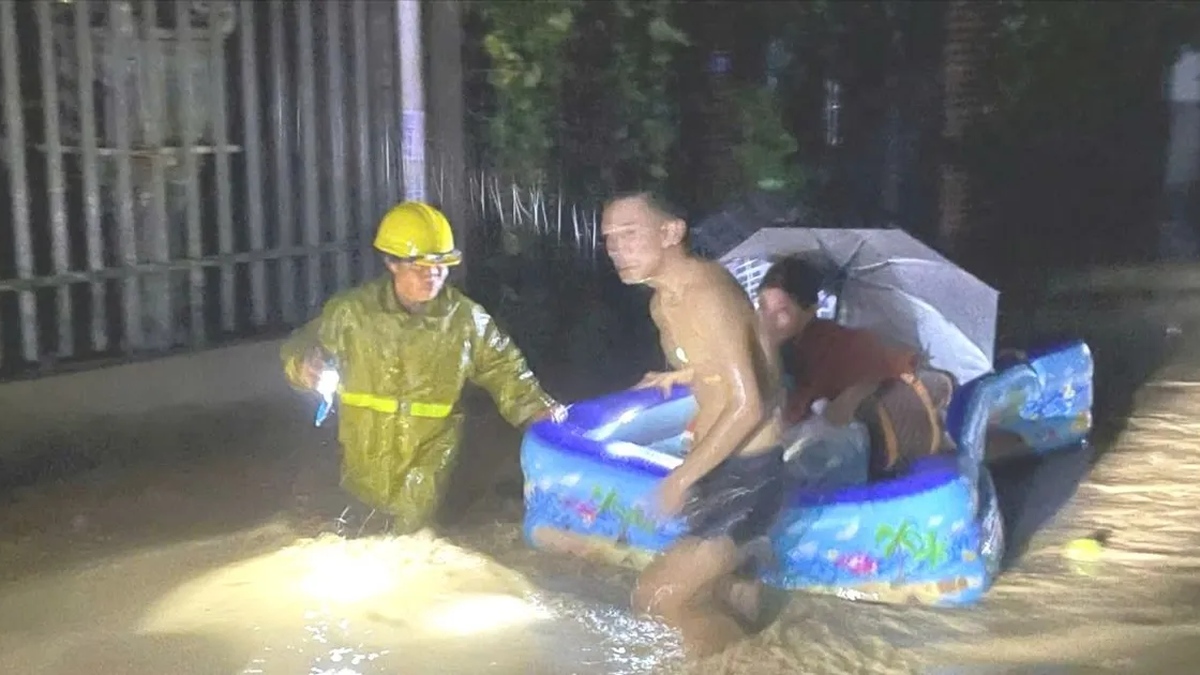

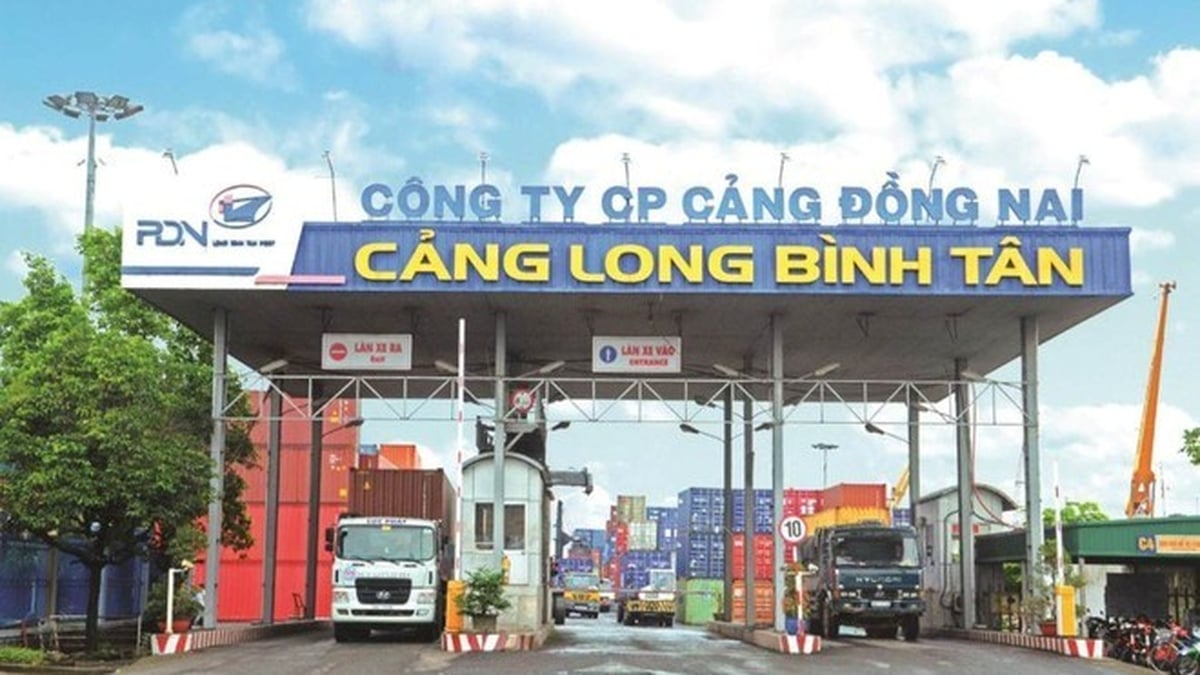
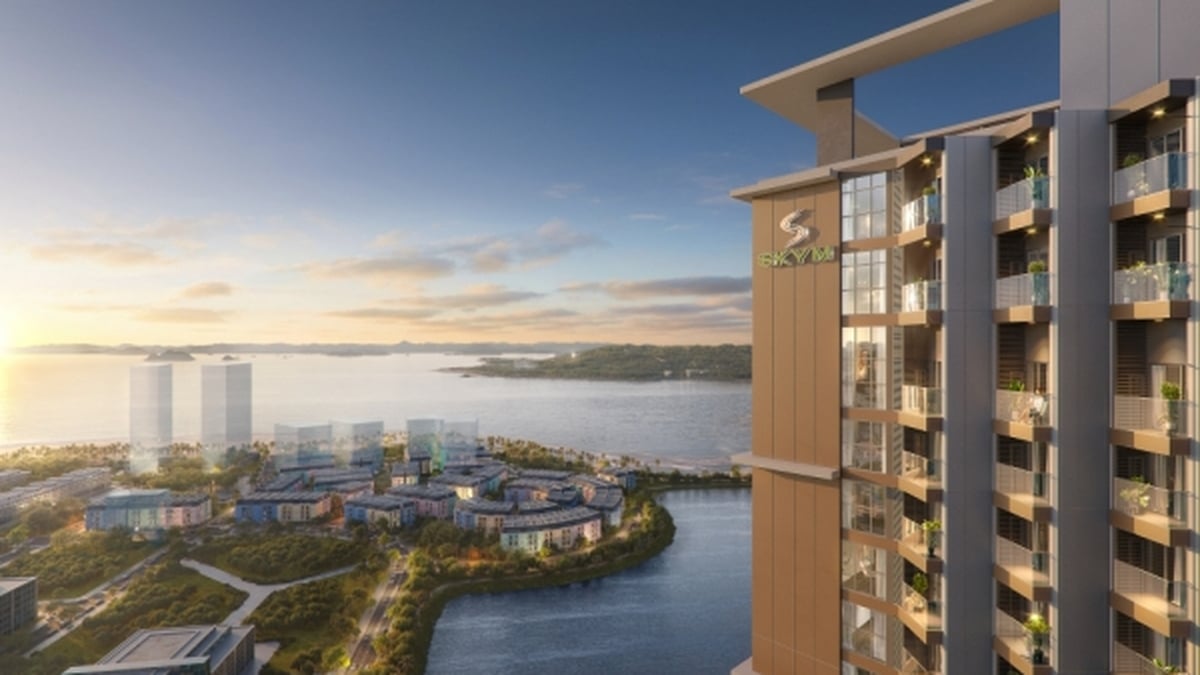
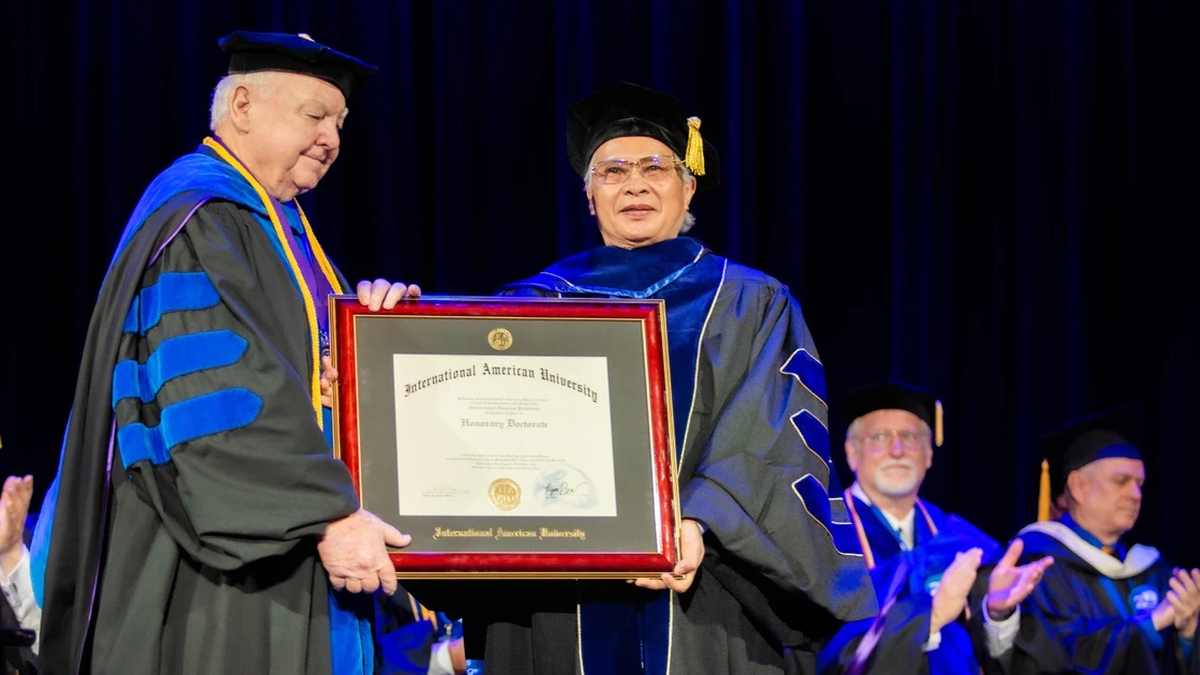
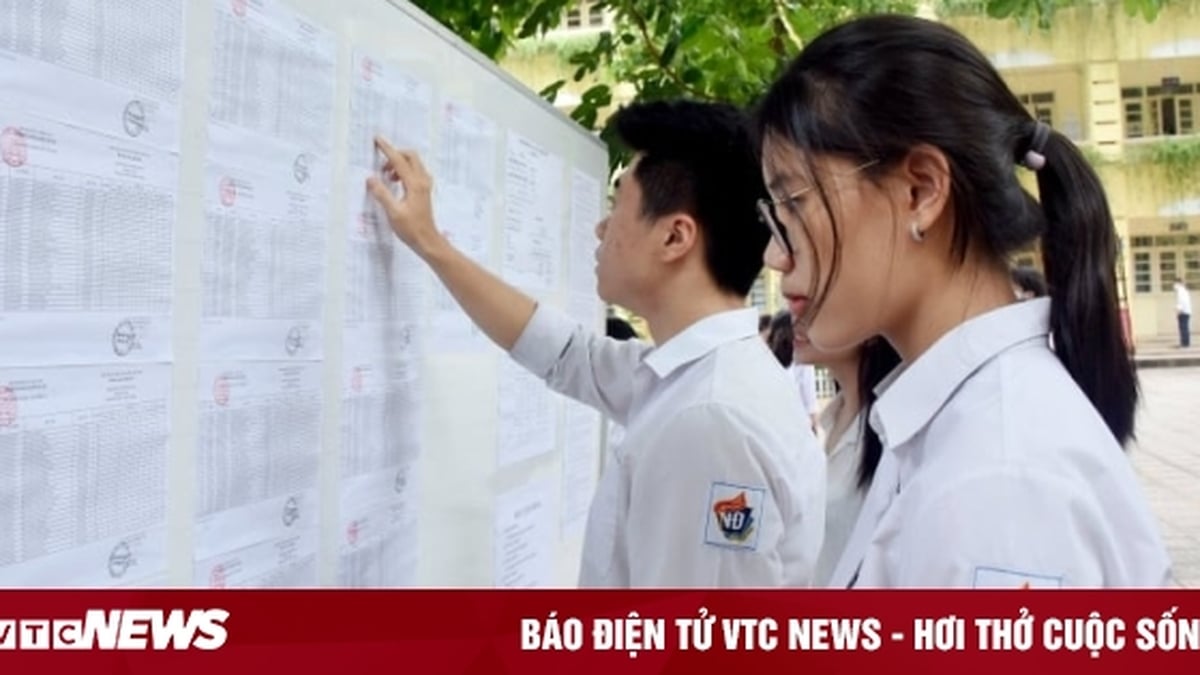
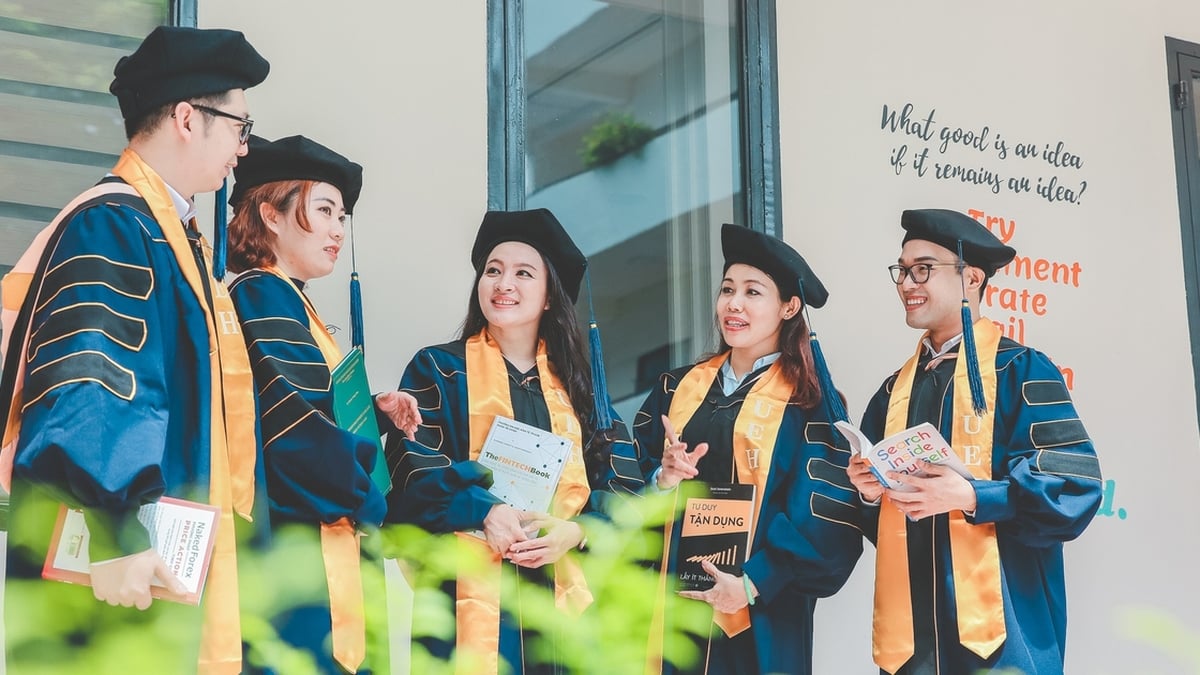
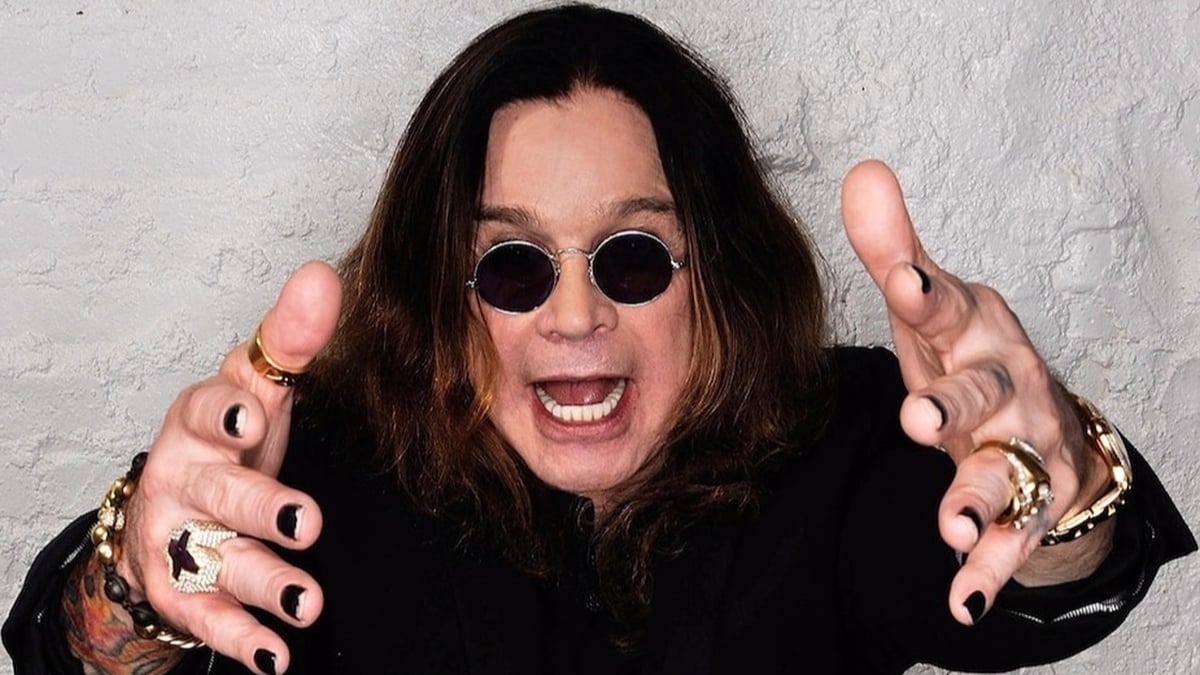












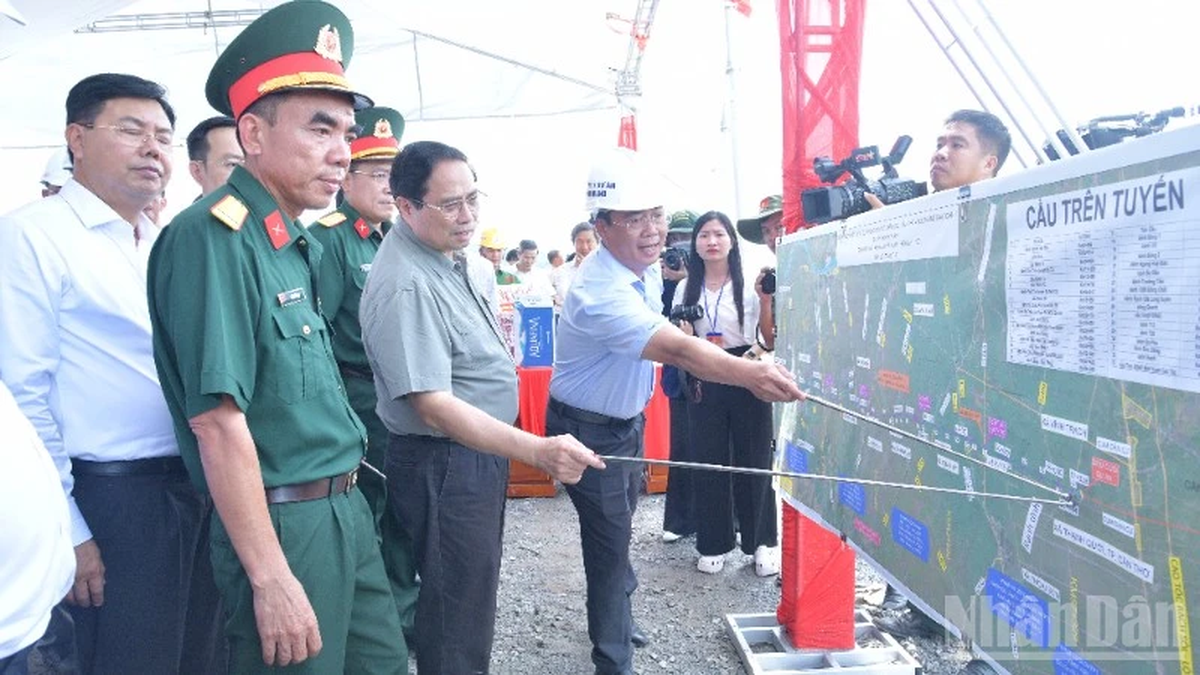









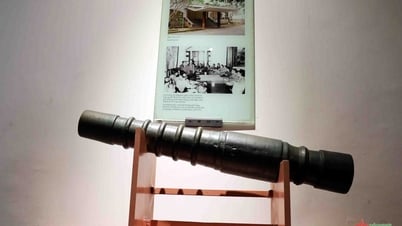



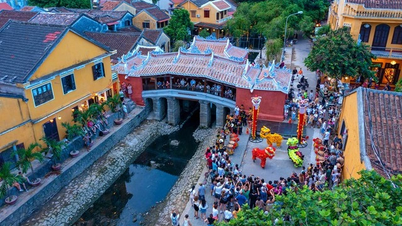

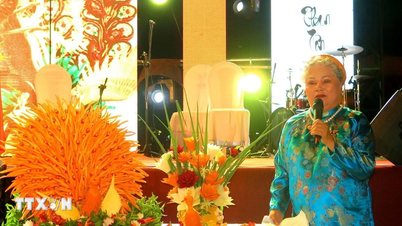

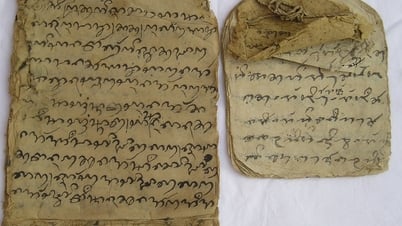
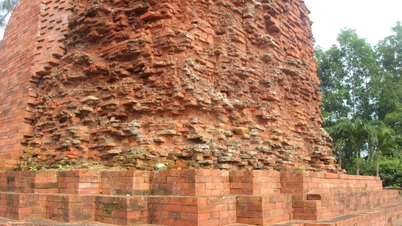


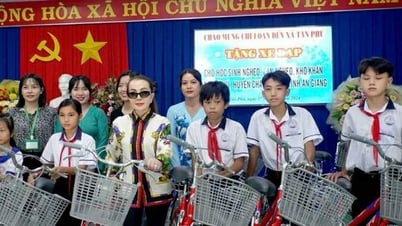

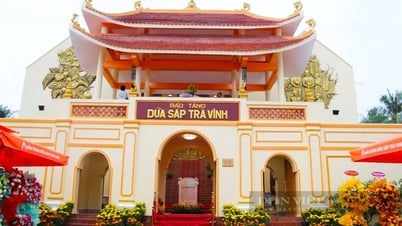




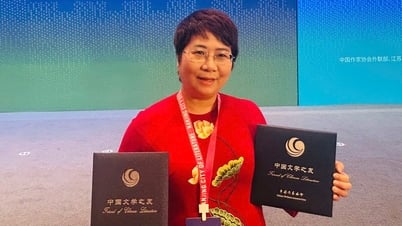



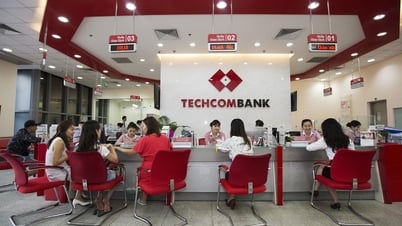

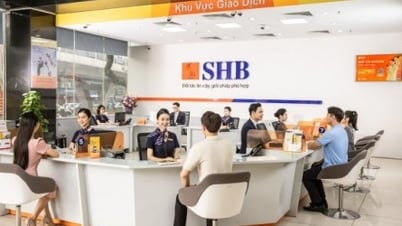


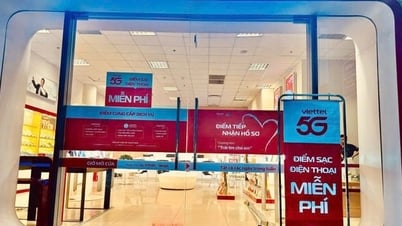

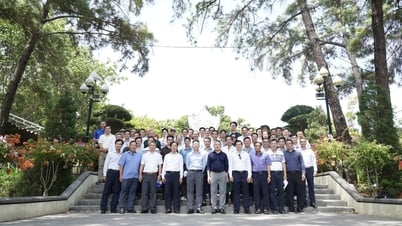
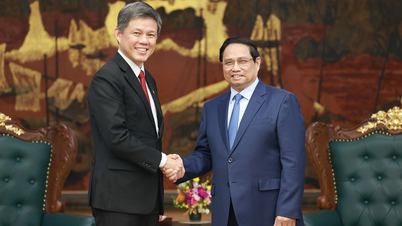
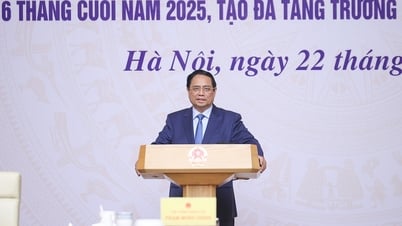
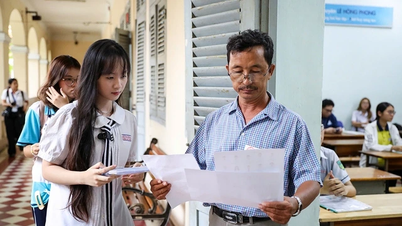
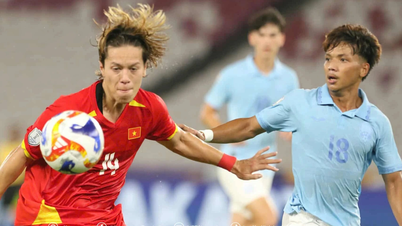
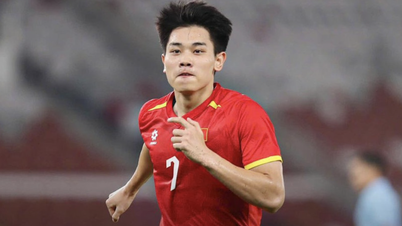
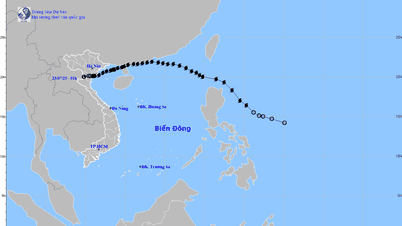


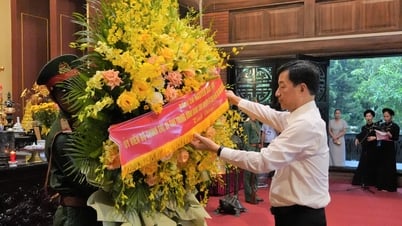

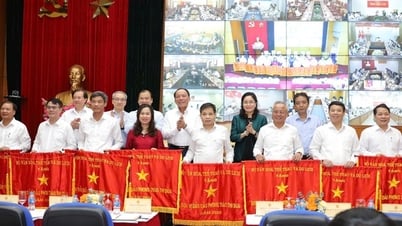

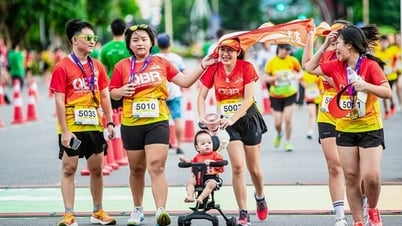
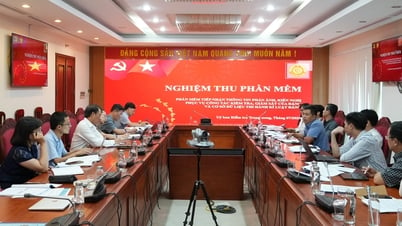
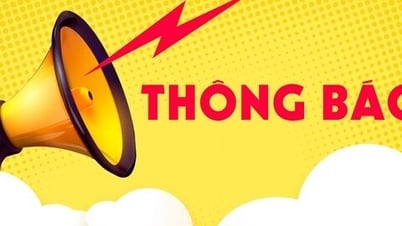



















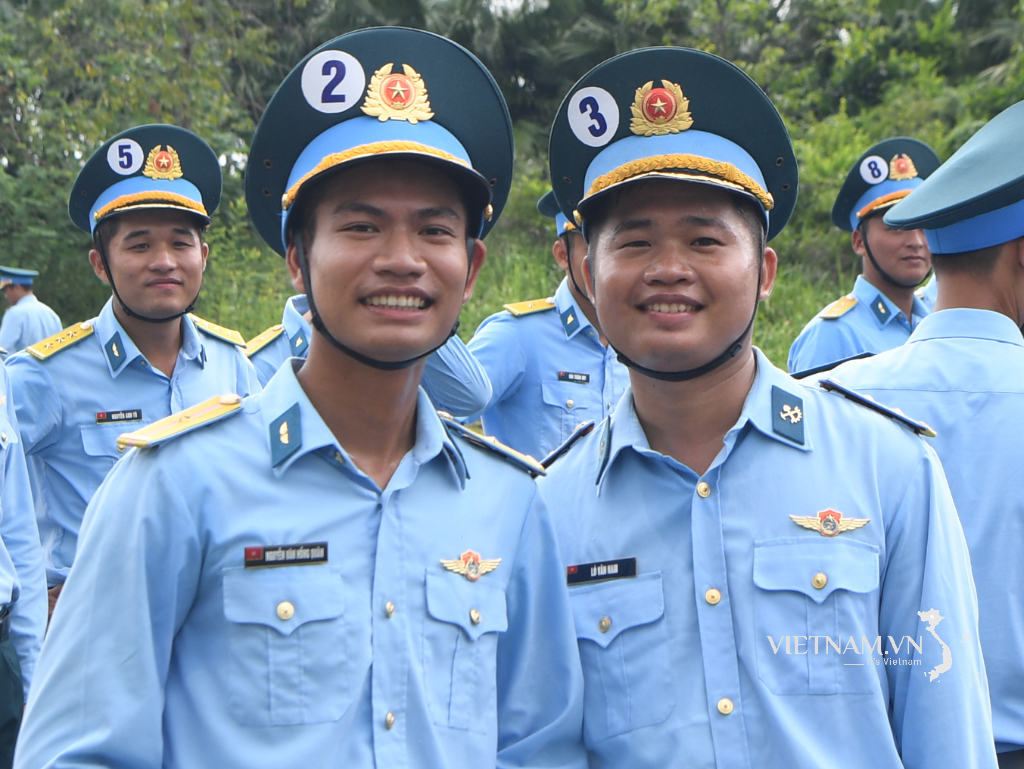
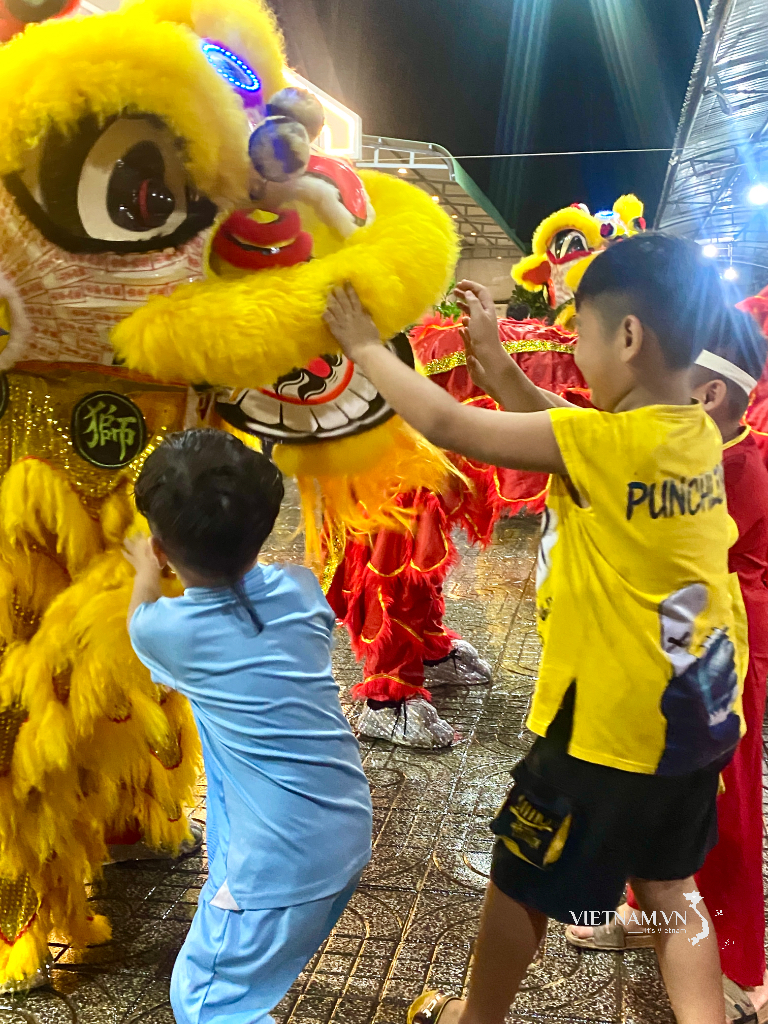
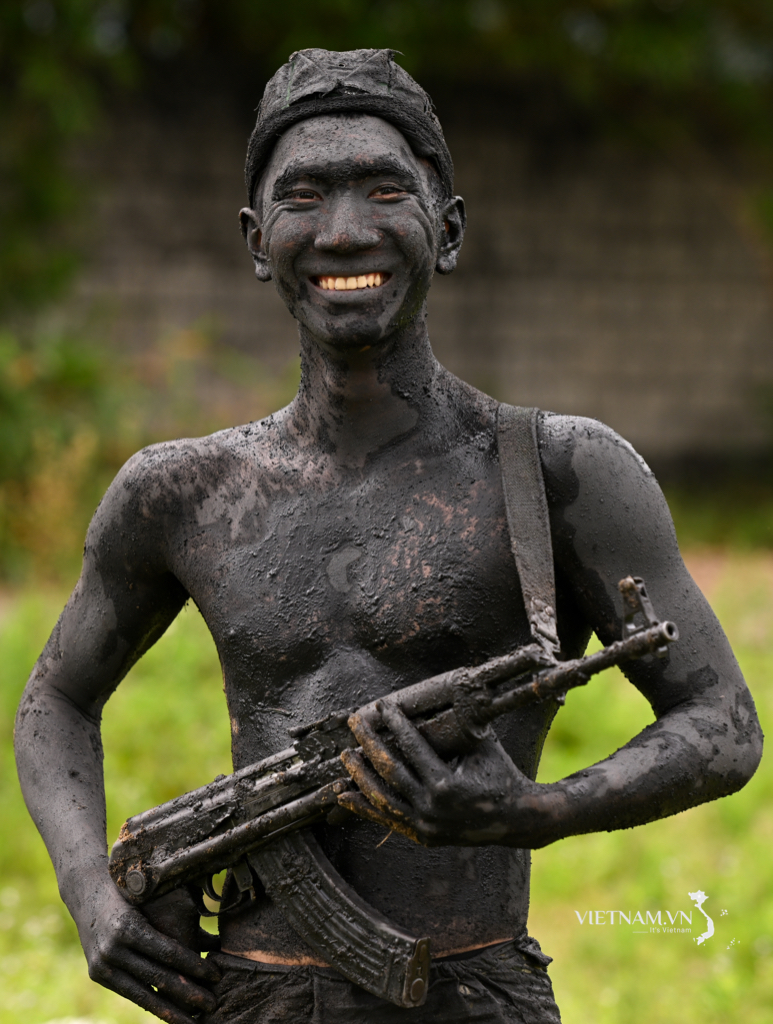
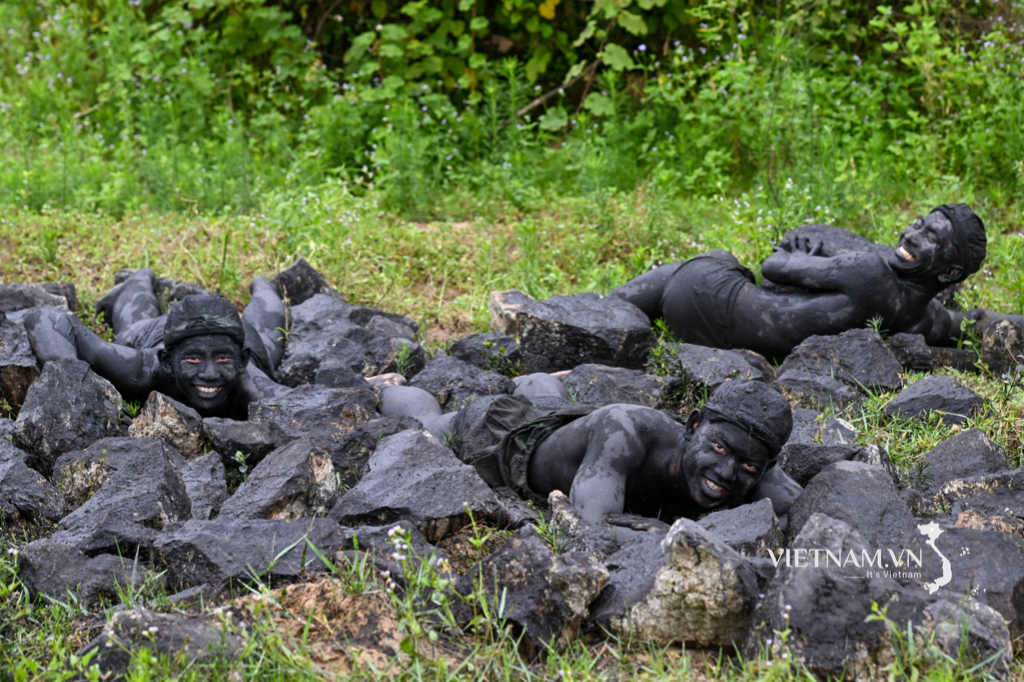
Comment (0)